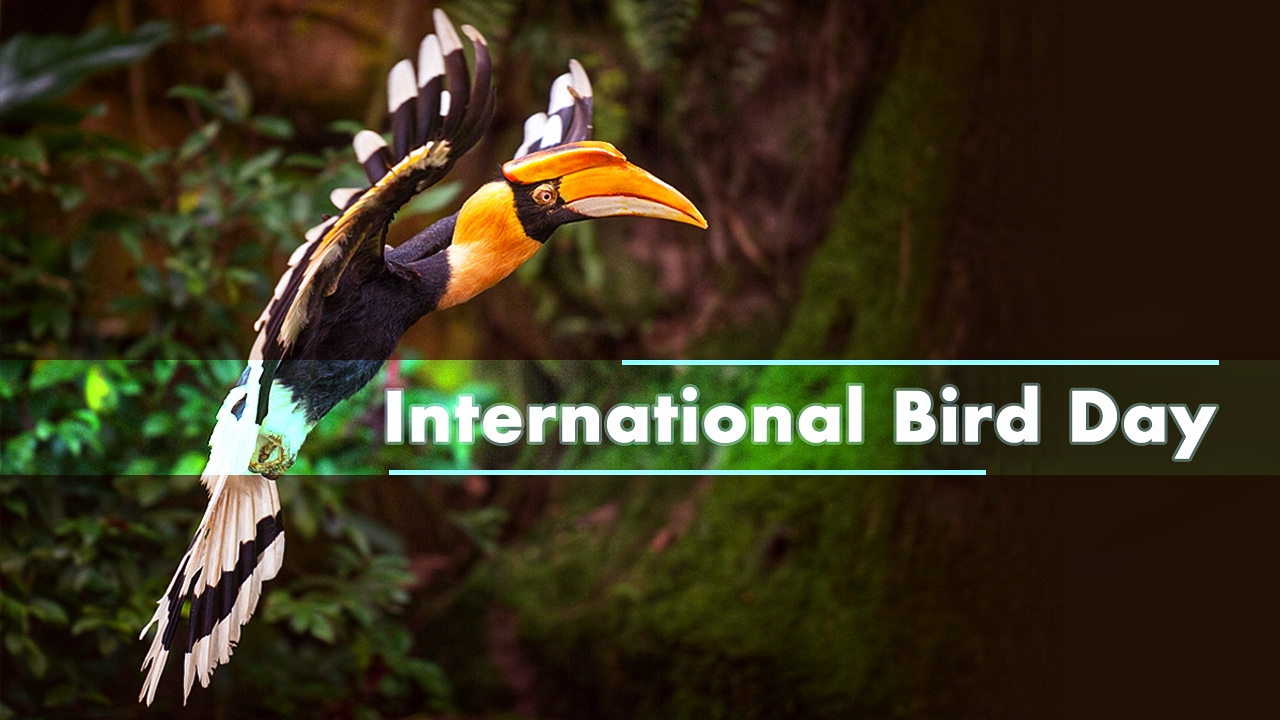April 1 marks International Bird Day, which coincidentally also falls on April Fool's Day. The day was set to honor the International Convention on Bird's Protection back in the 1900s. In the spirit of both days, the compilation below showcases some of the birds with the most interestingly-shaped beaks.
Pelican
The pelican's pouch-like beak is likely the first thing that you notice about the bird. The pouch is used to scoop up fish by species like the white pelican. Pelicans usually fold up the pouches on the lower bills unless they're fishing. The stretched pouch holds the water with fish in it, it then drains up the water by contracting so that the bird can swallow the fish left inside the bill at once. The pouch is not used to store fish, but when young pelicans are asking for food, they do put their bills into moms' pouch and search for fish.

An American white pelican with its prey. /VCG Photo
An American white pelican with its prey. /VCG Photo
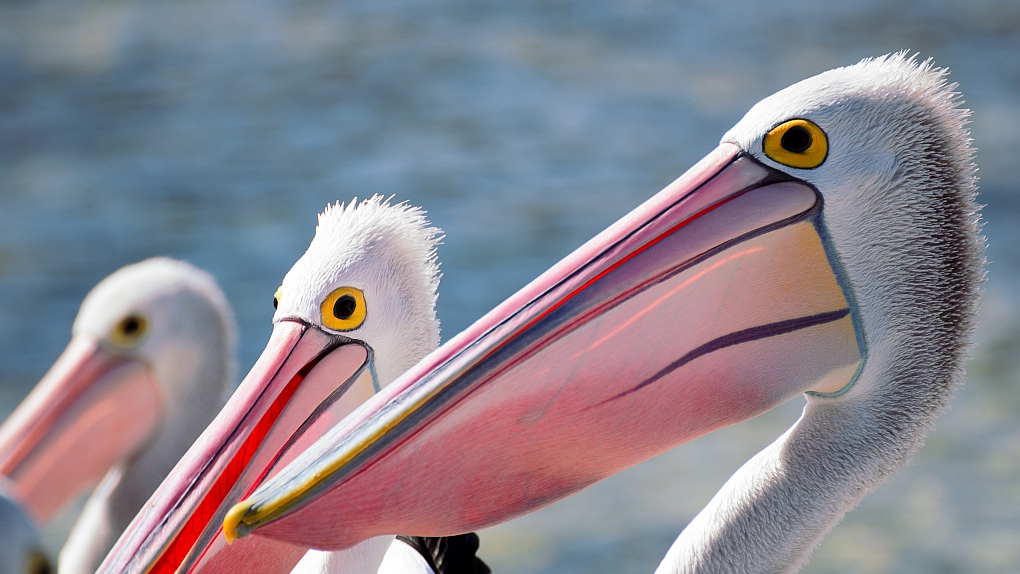
Closeup of a pelican's beak. /VCG Photo
Closeup of a pelican's beak. /VCG Photo
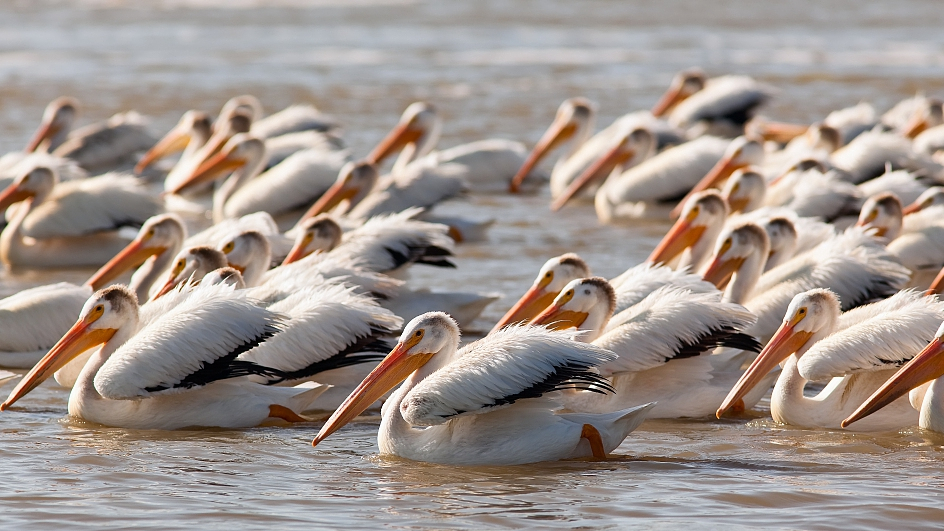
American White Pelicans on the Red River, Canada. /VCG Photo
American White Pelicans on the Red River, Canada. /VCG Photo
Great hornbill
You can't miss the great hornbill's large brightly-colorned bill. Topped with a large casque, the casque looks big, but is actually much lighter than it looks because it is made of thin-walled hollow cells. Look closely, you may find some differences in casques between male and female. The male has a yellow casque with black borderline, whereas females have a smaller yellow casque with a red border.
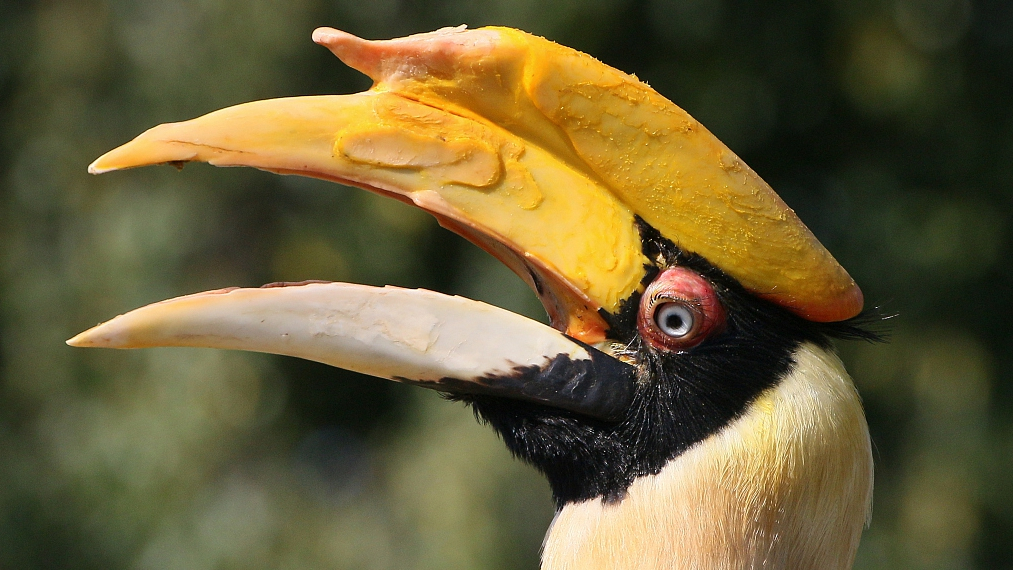
A female great hornbill. /VCG Photo
A female great hornbill. /VCG Photo
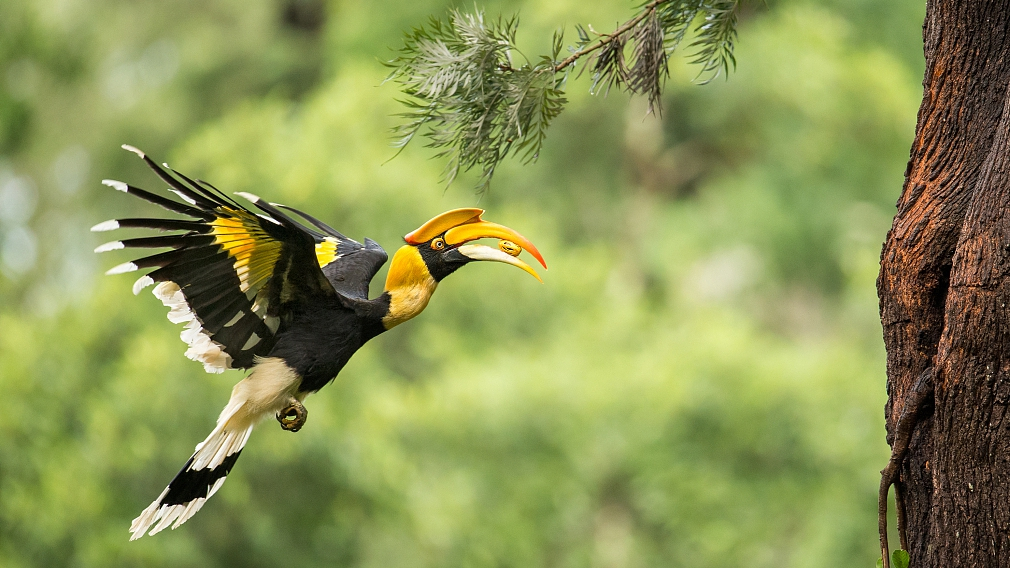
A great hornbill with food. /VCG Photo
A great hornbill with food. /VCG Photo
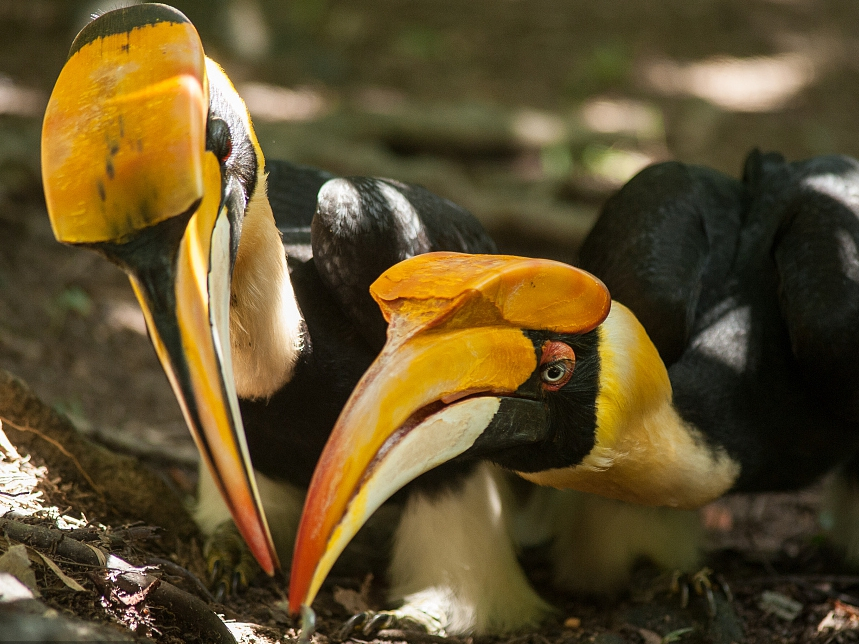
A male great hornbill feeding a female. /VCG Photo
A male great hornbill feeding a female. /VCG Photo
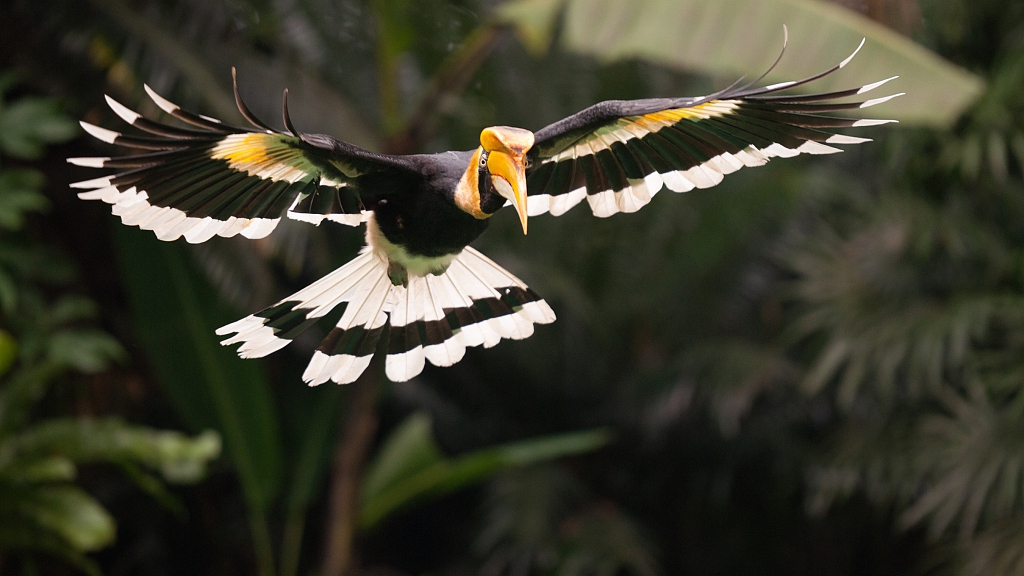
Great hornbill flying in the rainforest. /VCG Photo
Great hornbill flying in the rainforest. /VCG Photo
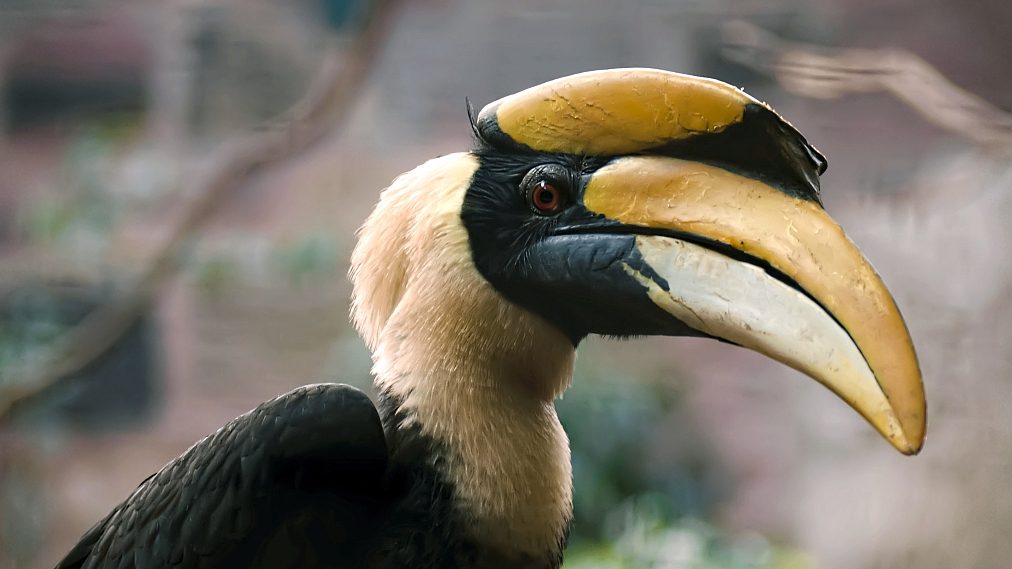
Male great hornbill. /VCG Photo
Male great hornbill. /VCG Photo
Eurasian spoonbill
The Eurasian spoonbill is a large migratory bird. It gets its name from its special bill. The bill is long, straight, with a black and orange tip, and it has a shape of a spoon. The bird’s diet contains aquatic insects, worms, frogs and small fish, hence its spoon-like bill helps it while searching and picking up these foods from water and mud. The Eurasian spoonbill is currently listed as “Least Concern” by IUCN Red List, and is under the second-class state protection in China.
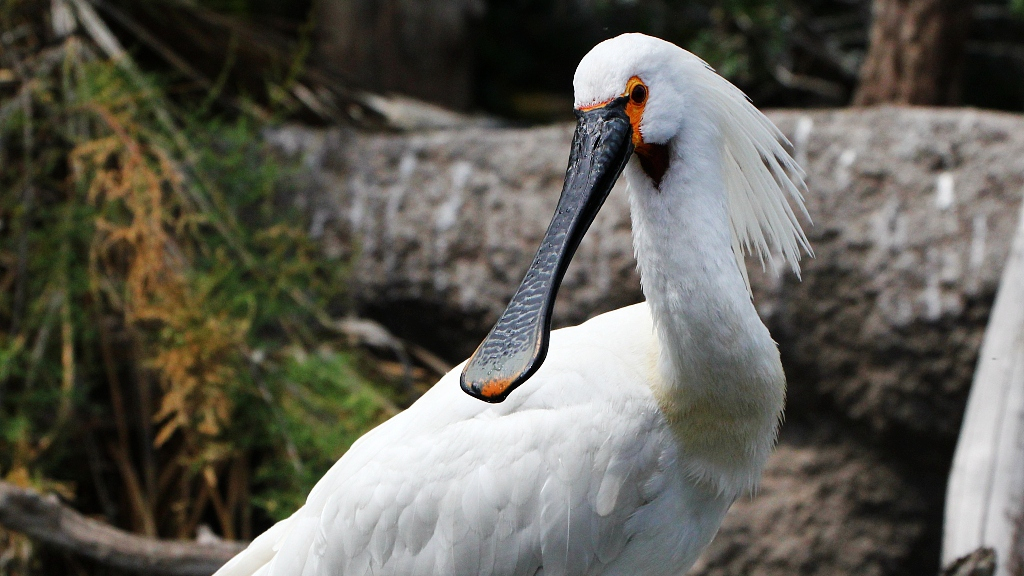
Portrait of Eurasian spoonbill. /VCG Photo
Portrait of Eurasian spoonbill. /VCG Photo
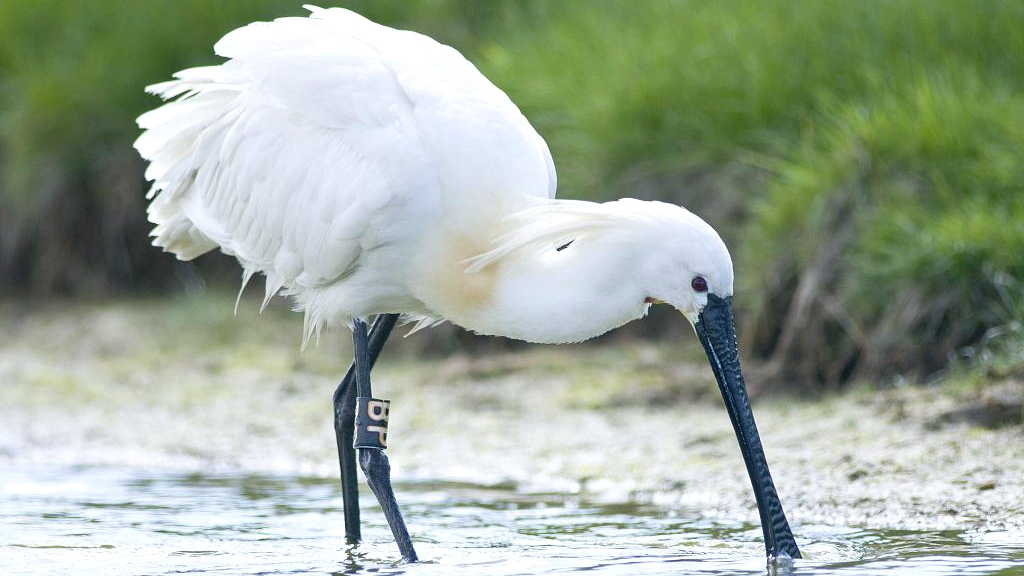
Eurasian spoonbill is looking for food in Texel Island, The Netherlands. /VCG Photo
Eurasian spoonbill is looking for food in Texel Island, The Netherlands. /VCG Photo
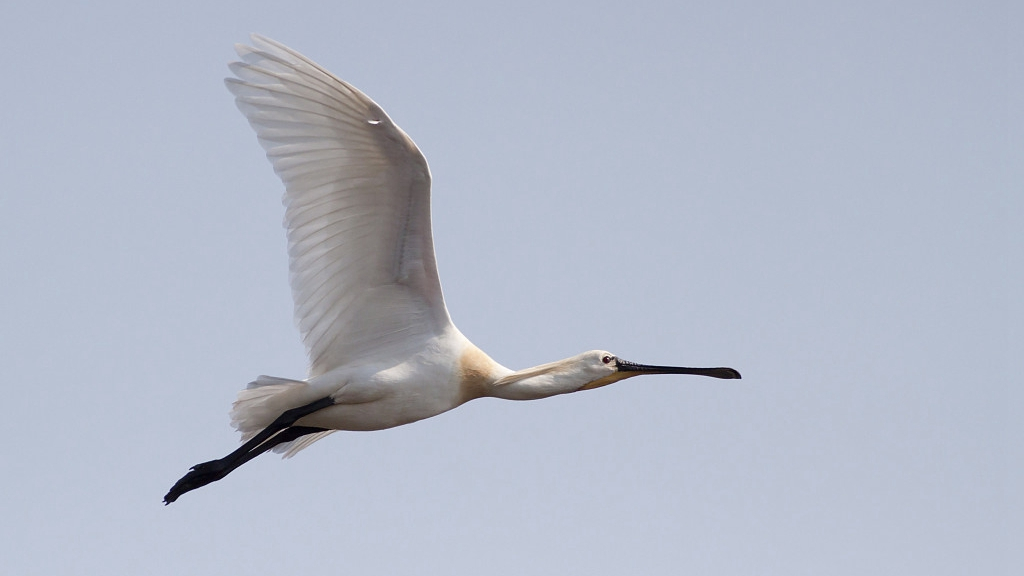
An Eurasian spoonbill is flying in Texel Island, The Netherlands. /VCG Photo
An Eurasian spoonbill is flying in Texel Island, The Netherlands. /VCG Photo
Horned puffin
Horned puffin is an auk, a seabird that nests on cliffs and feeds on fish. This species is famous for its “face expression” since its dark eyestripe and funny beak gives it a "sad" face. Its beak is large and flashy, with colors of red, yellow and orange. The horned puffin's beak allows it to hold several small fish at a time to fly back and feeds its chicks as much as it can. Horned puffins primarily breed on the coastlines of Alaska, British Columbia and Siberia, and winter along the California and Baja California coast.
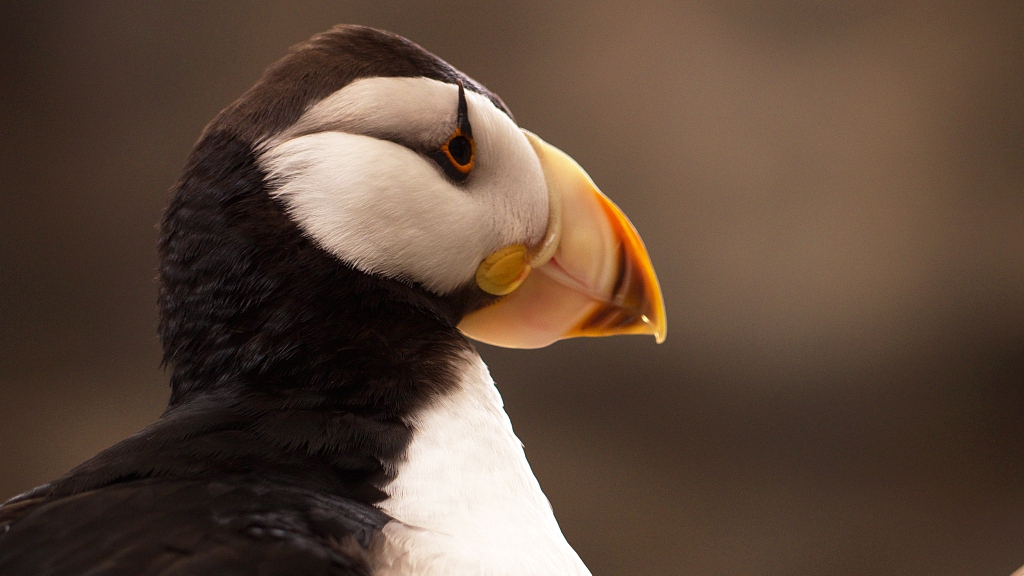
Closeup of the horned puffin. /VCG Photo
Closeup of the horned puffin. /VCG Photo
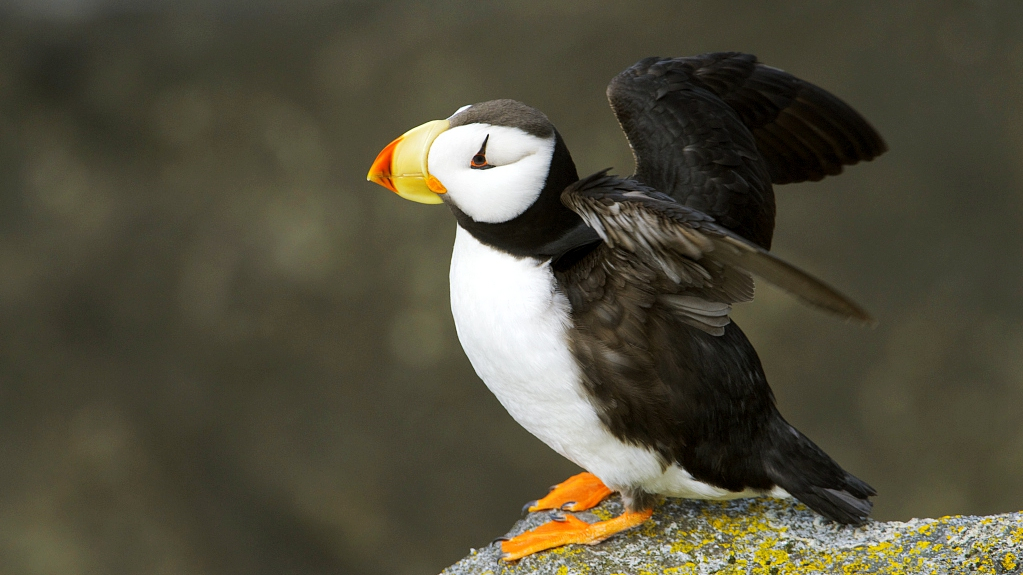
Horned puffin perched on a cliff, Alaska, USA. /VCG Photo
Horned puffin perched on a cliff, Alaska, USA. /VCG Photo
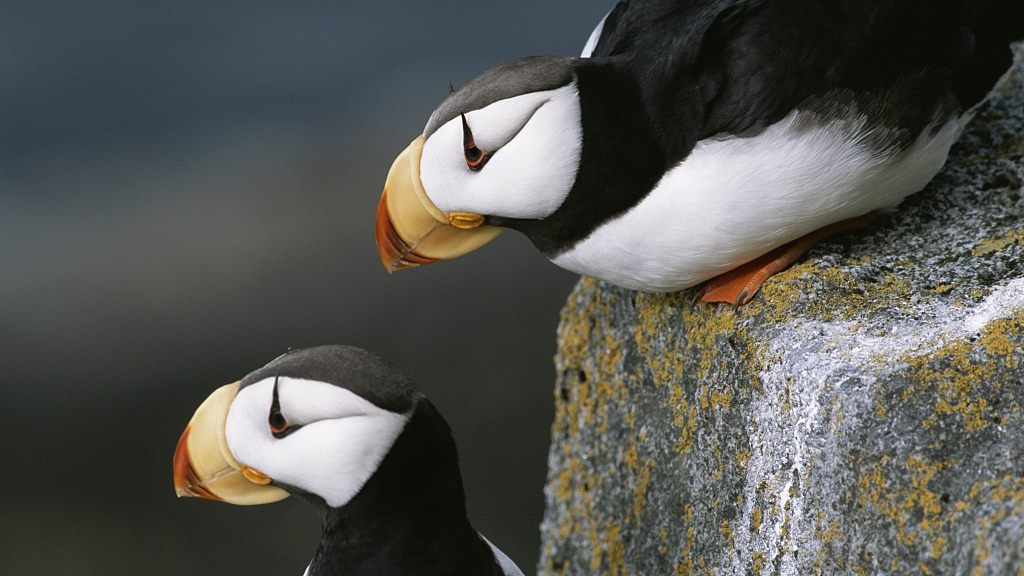
Pair of horned puffins in breeding plumage. /VCG Photo
Pair of horned puffins in breeding plumage. /VCG Photo
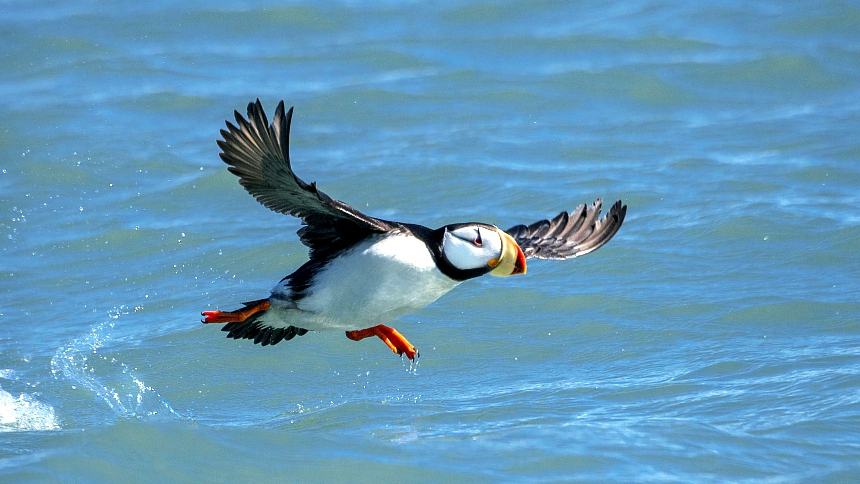
A horned puffin in flight. /VCG Photo
A horned puffin in flight. /VCG Photo
(Top image designed by CGTN.)
(If you want to contribute and have specific expertise, please contact us at nature@cgtn.com.)

